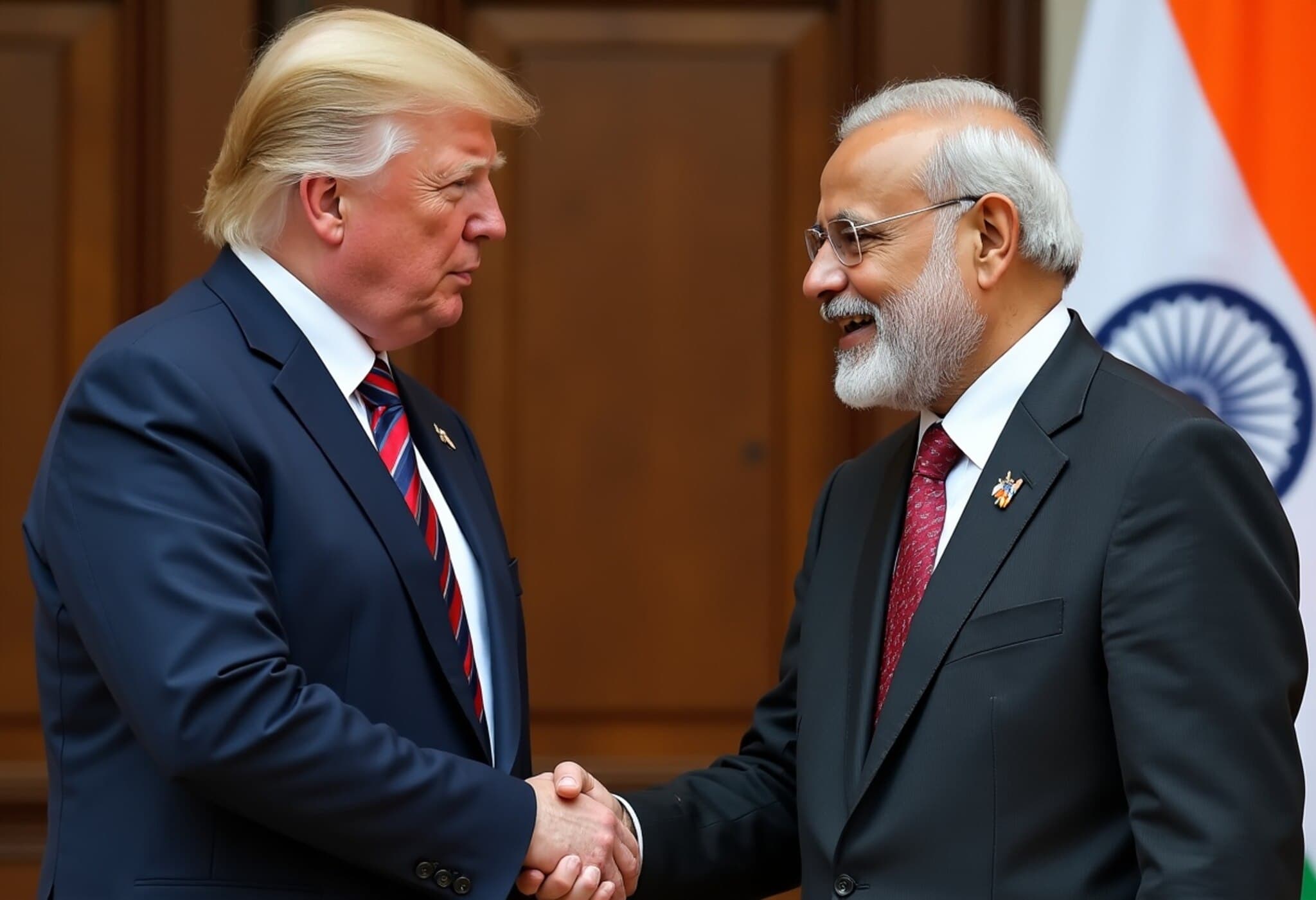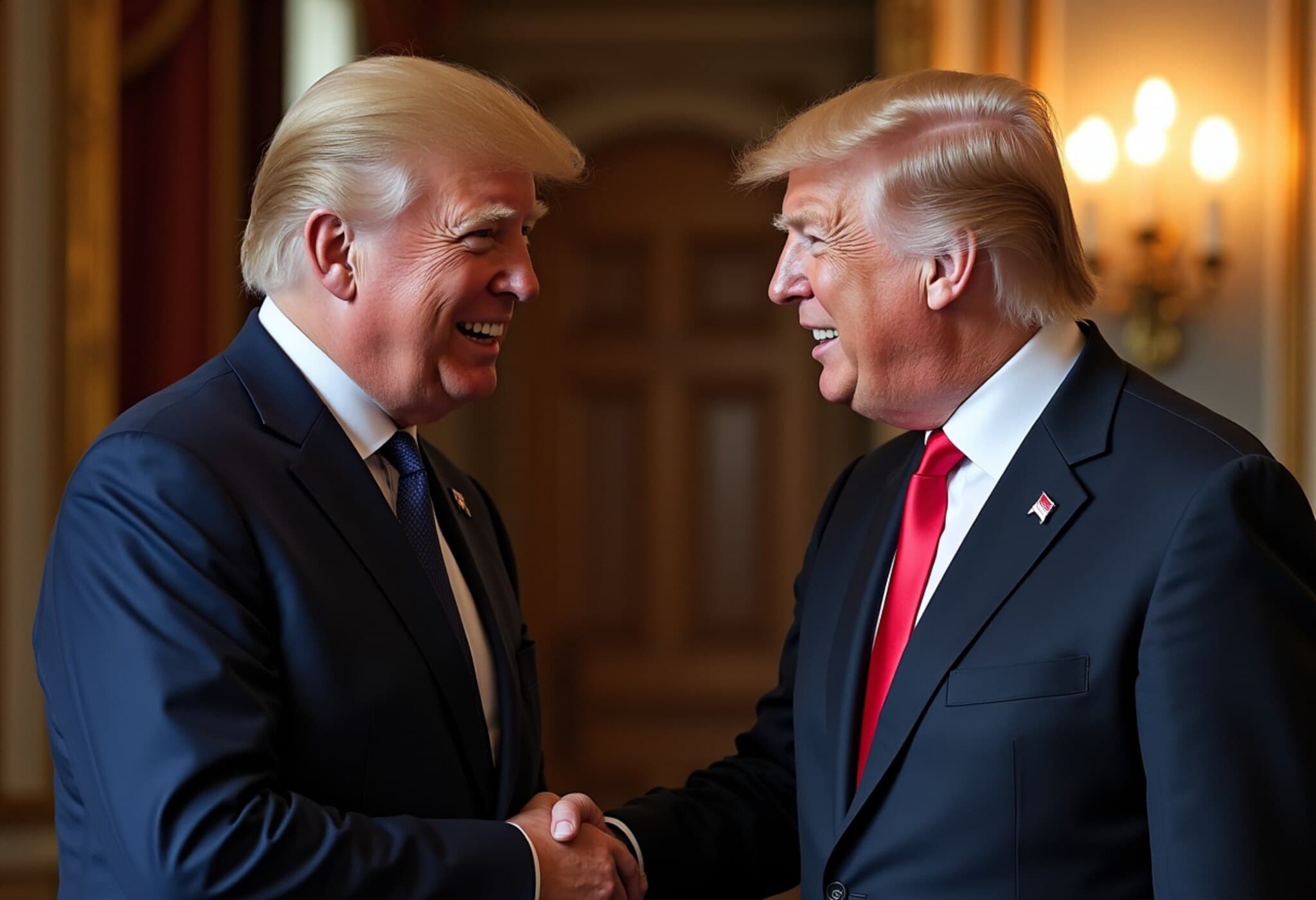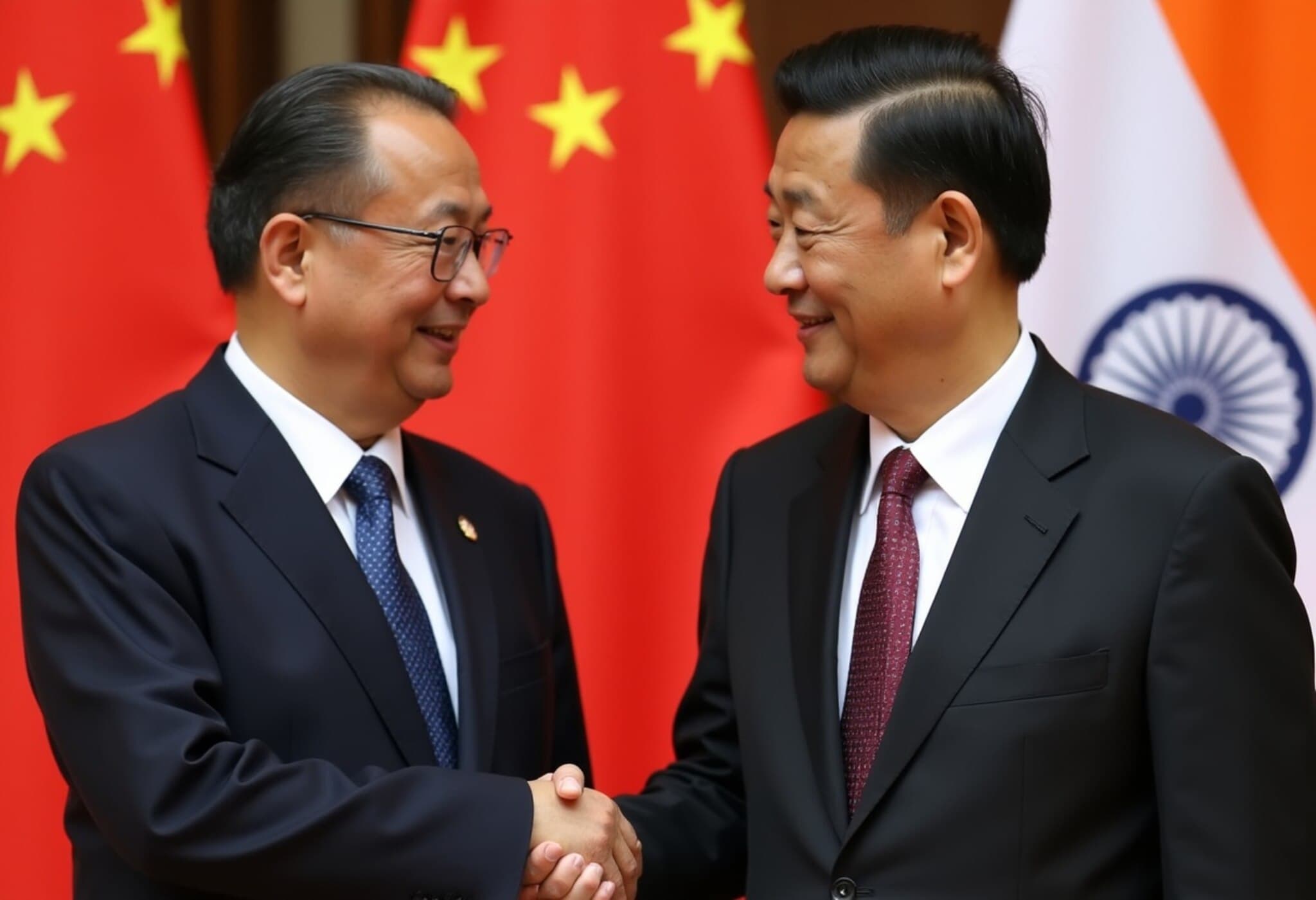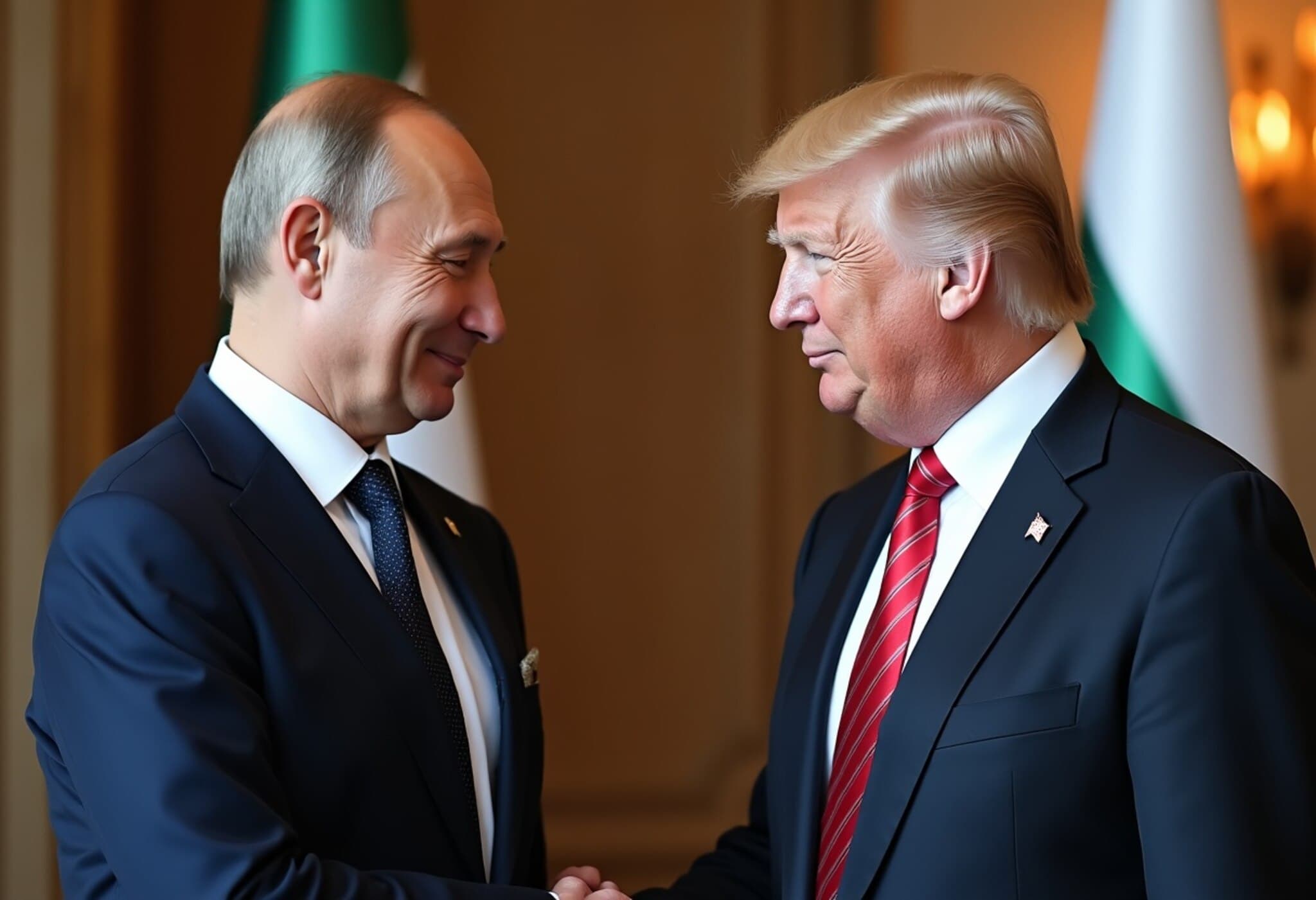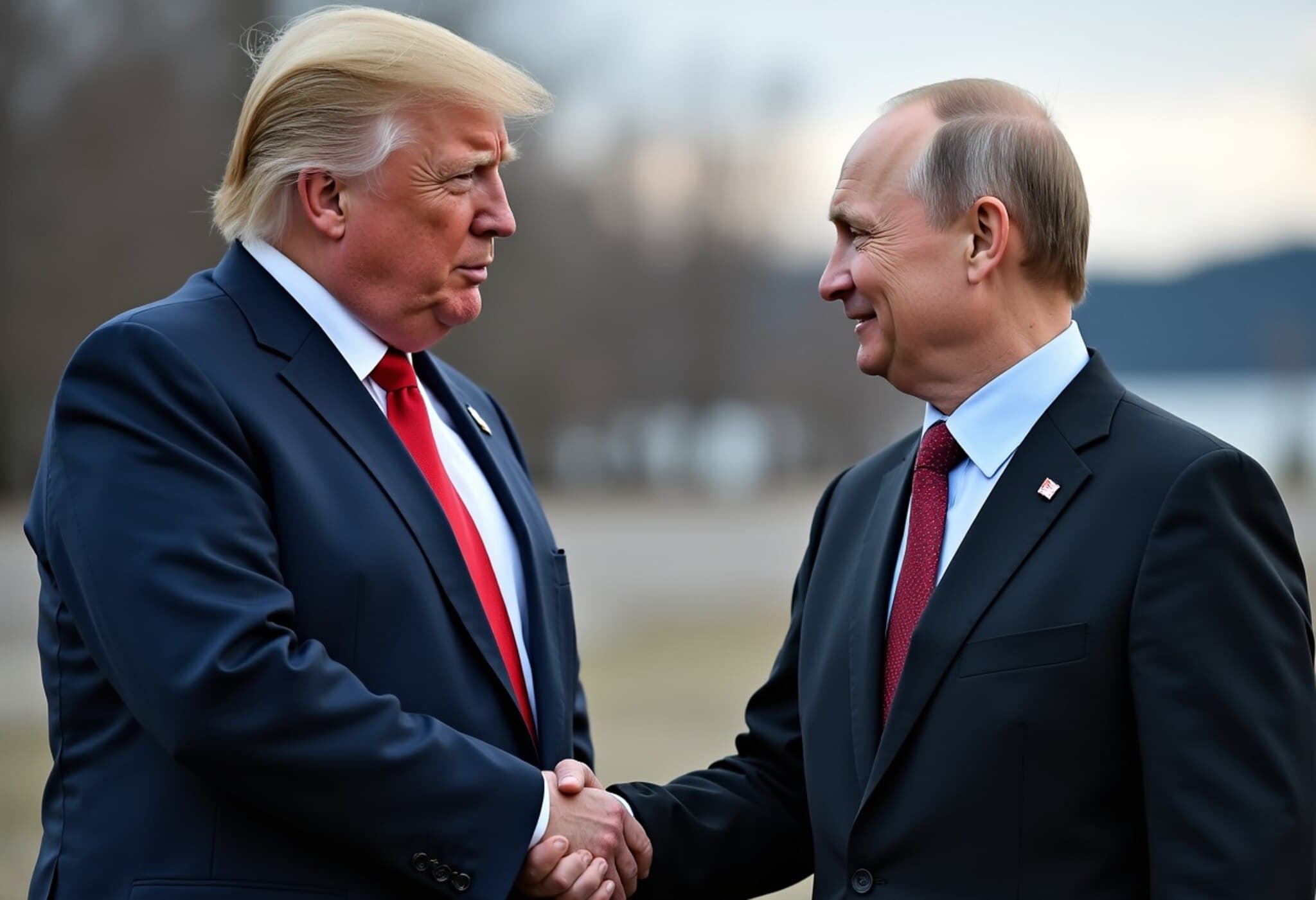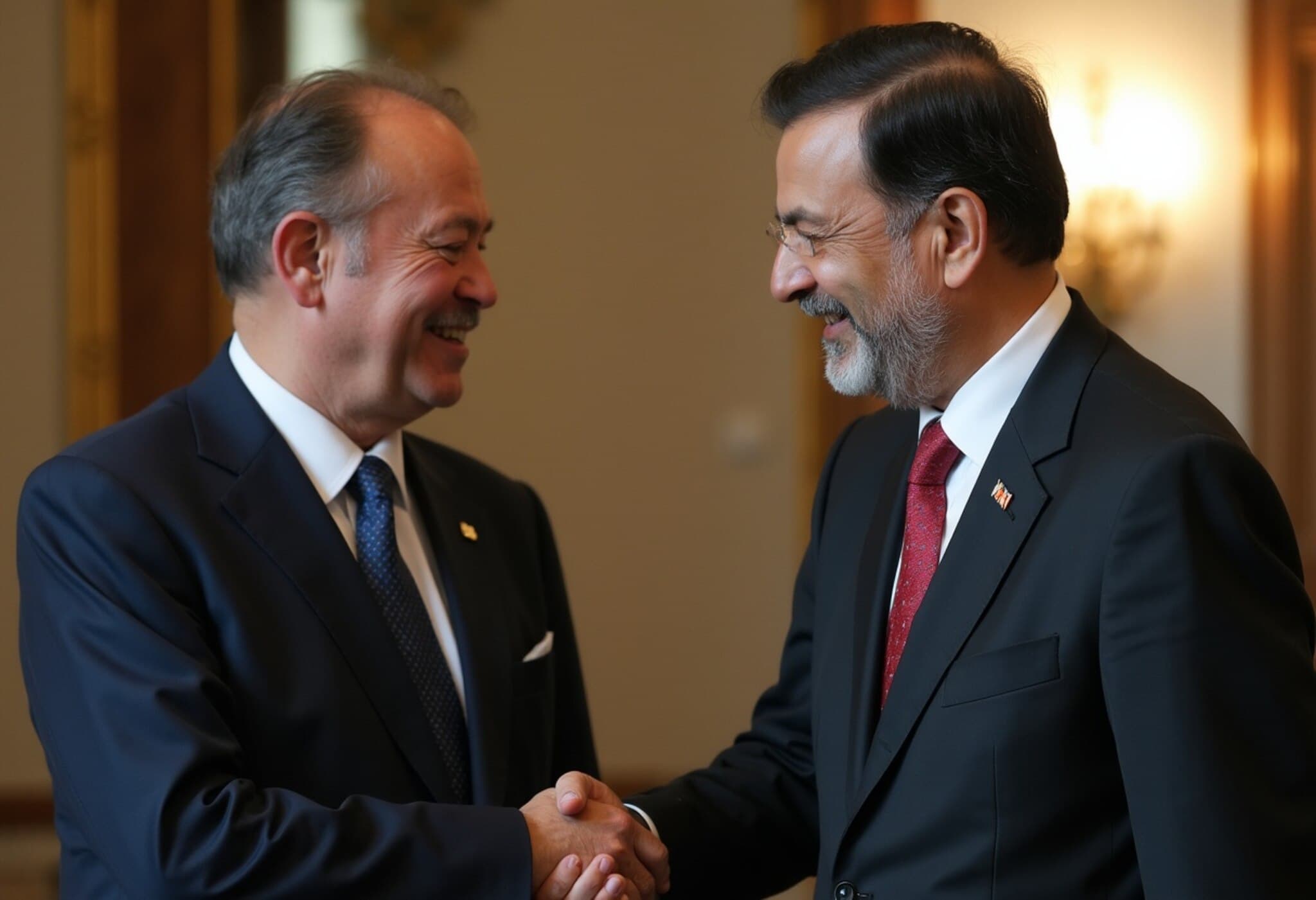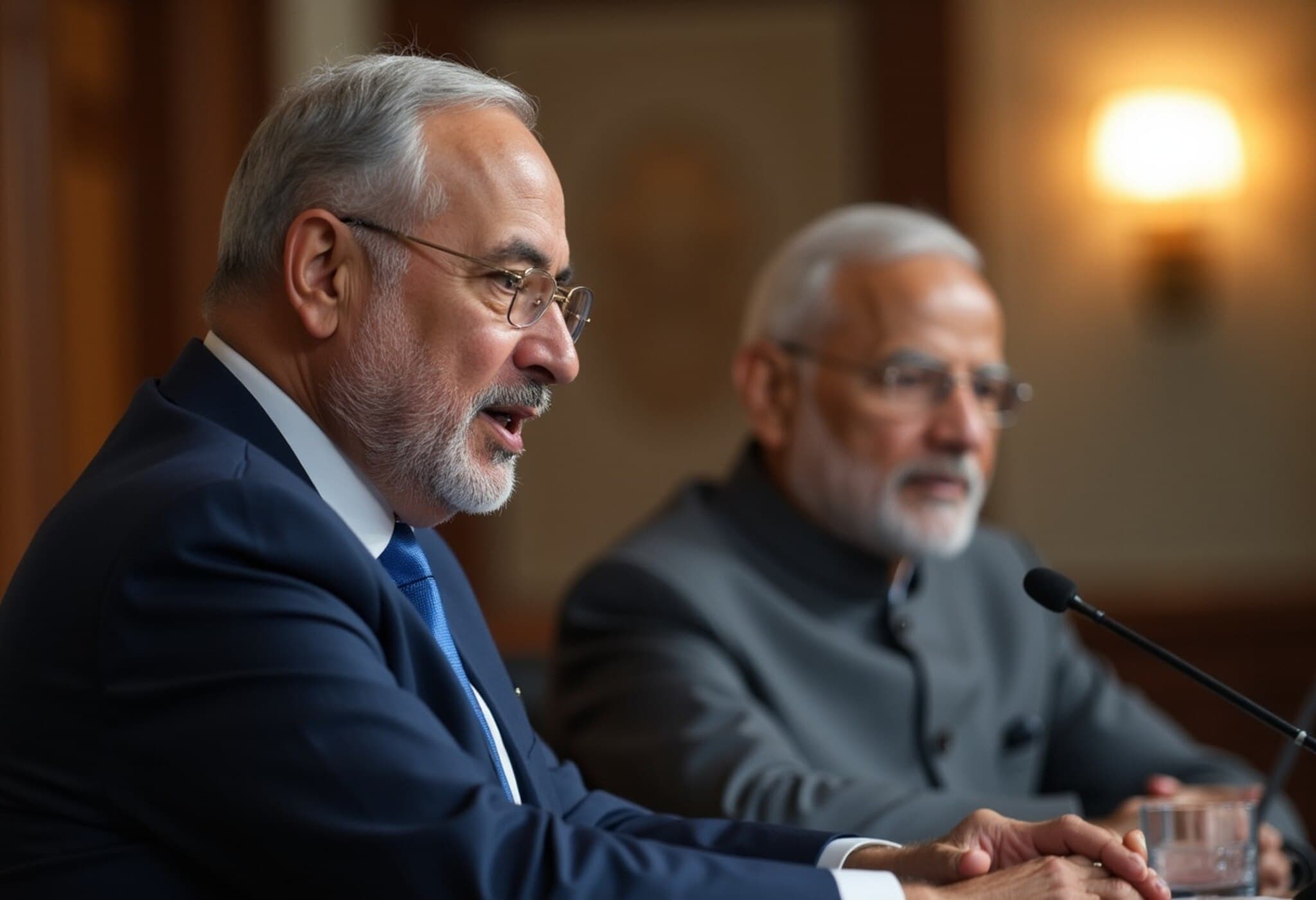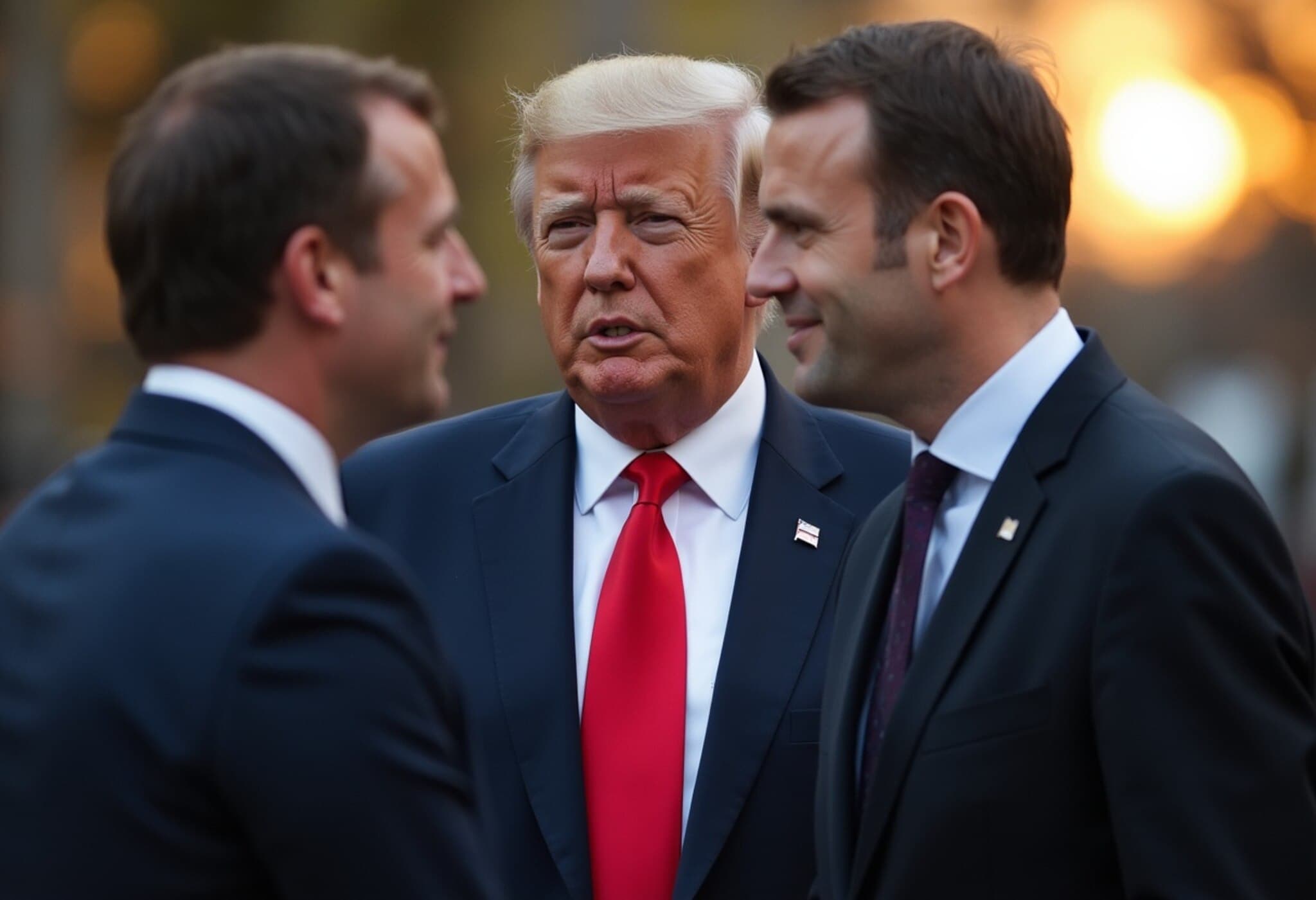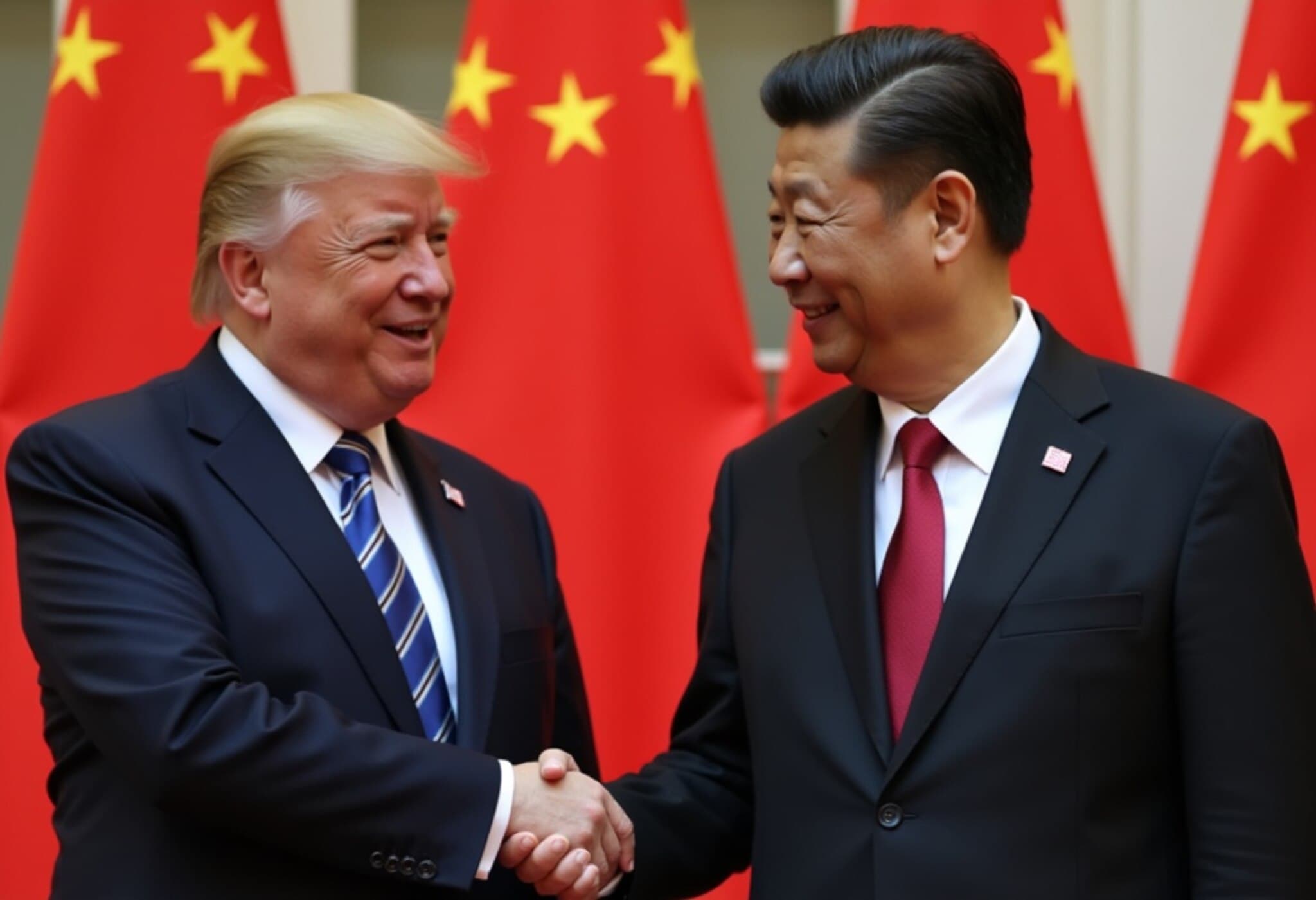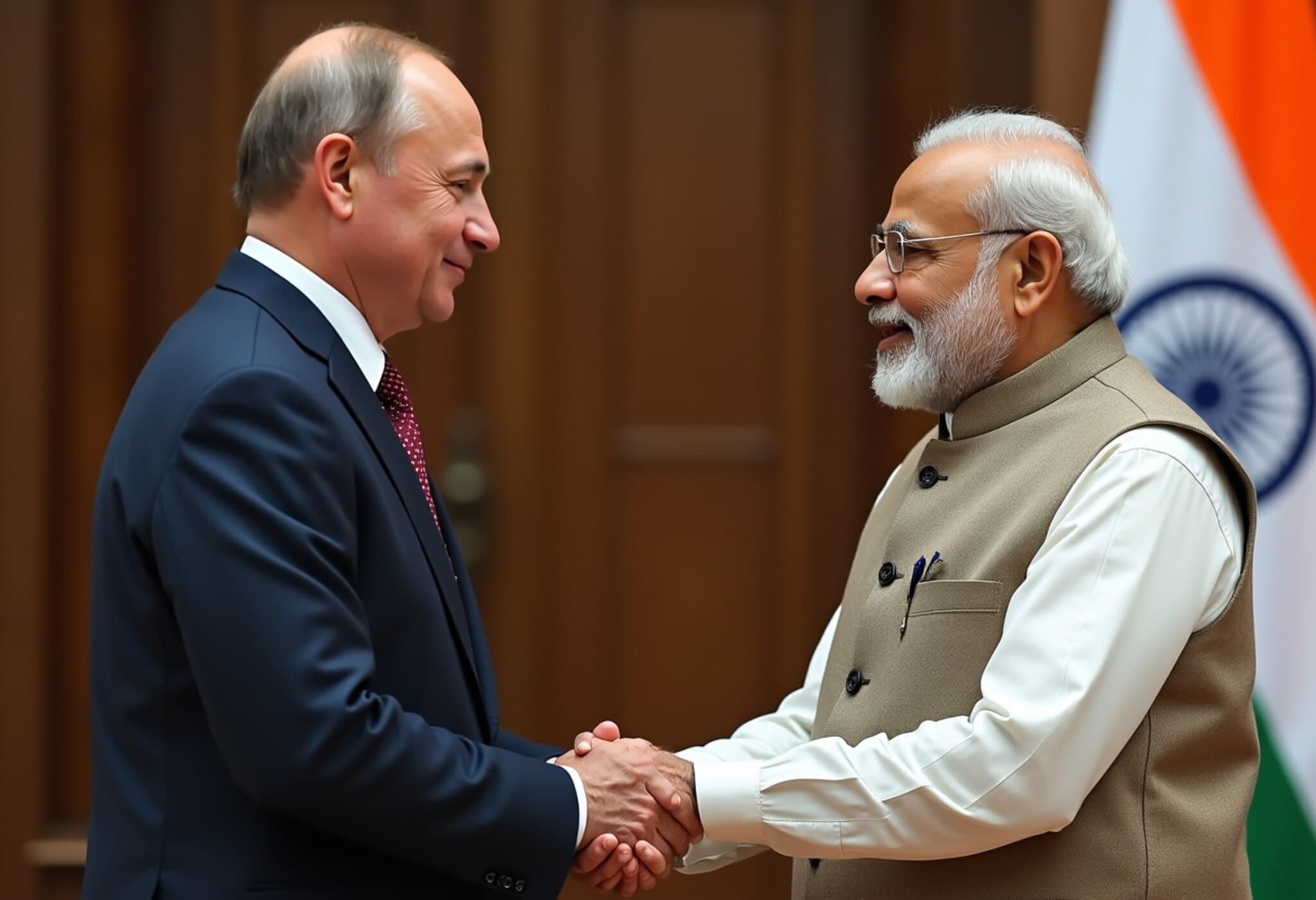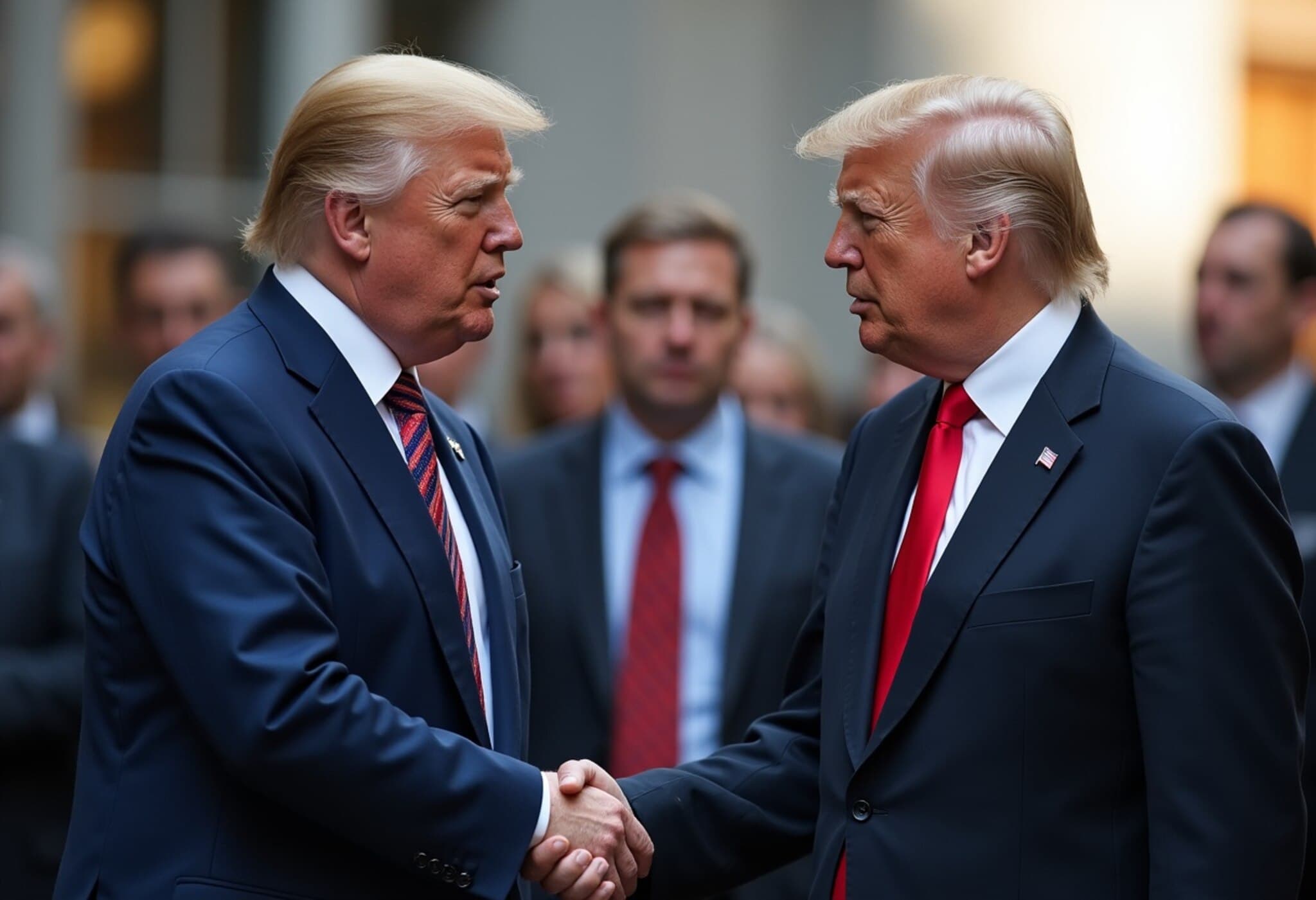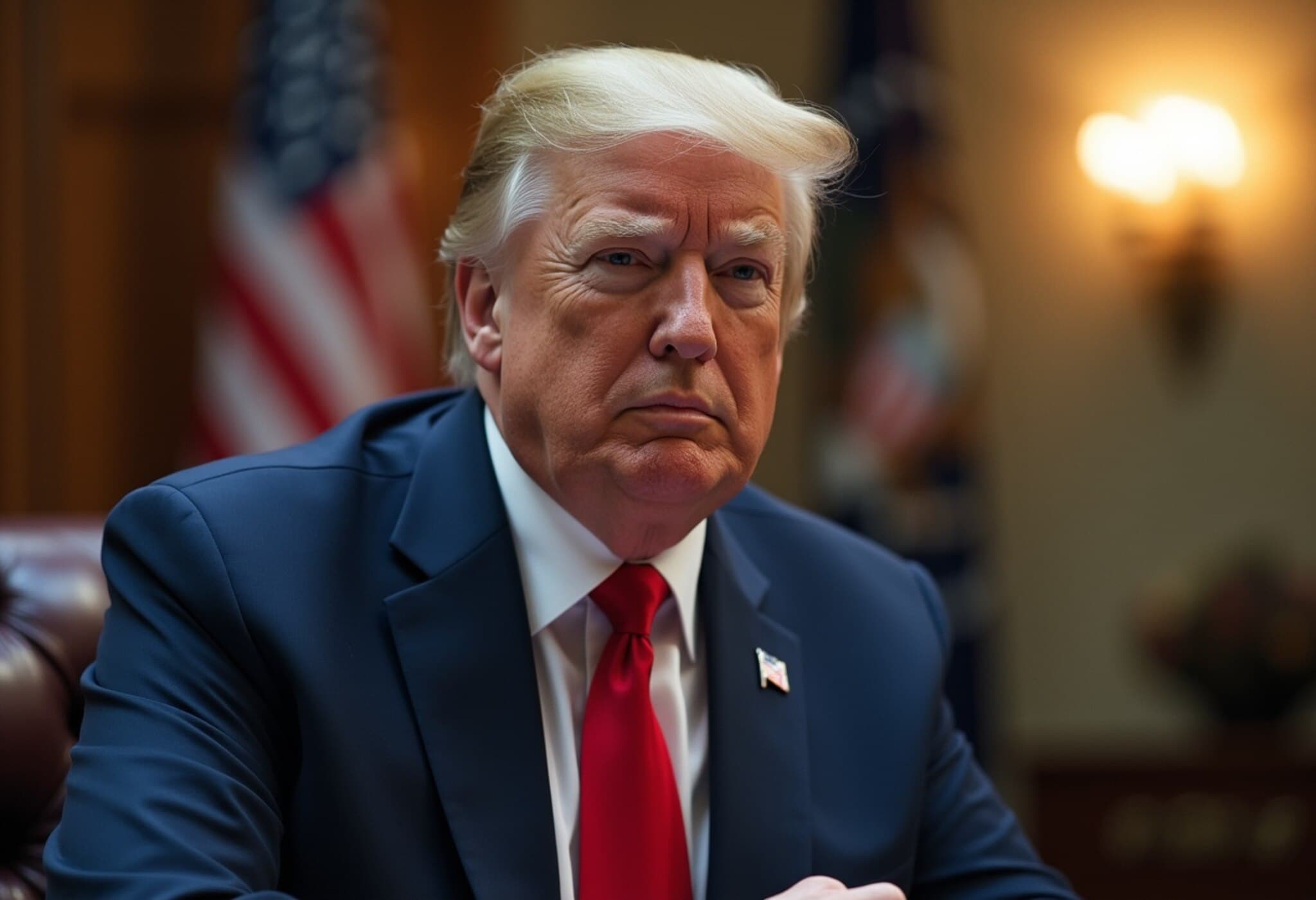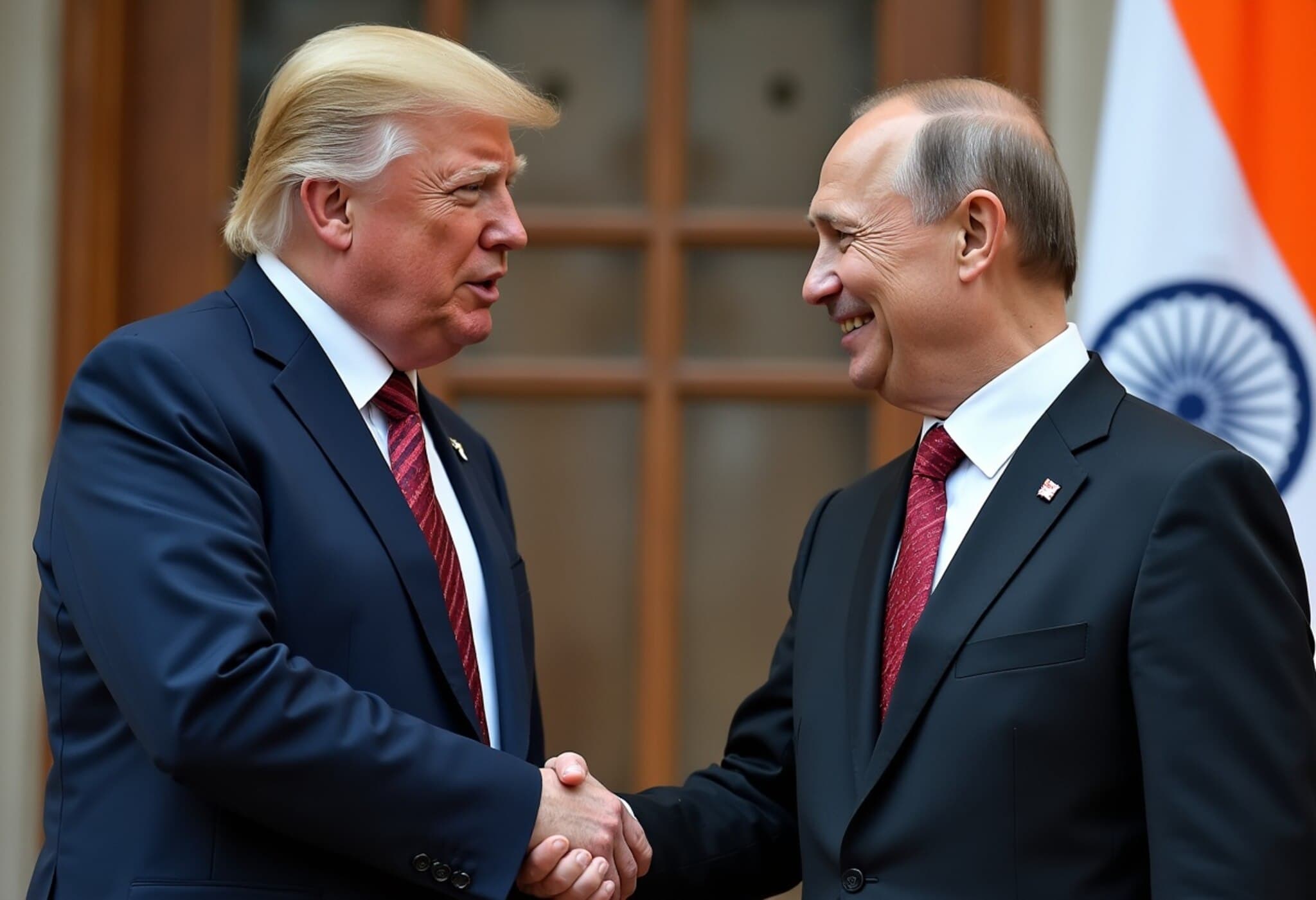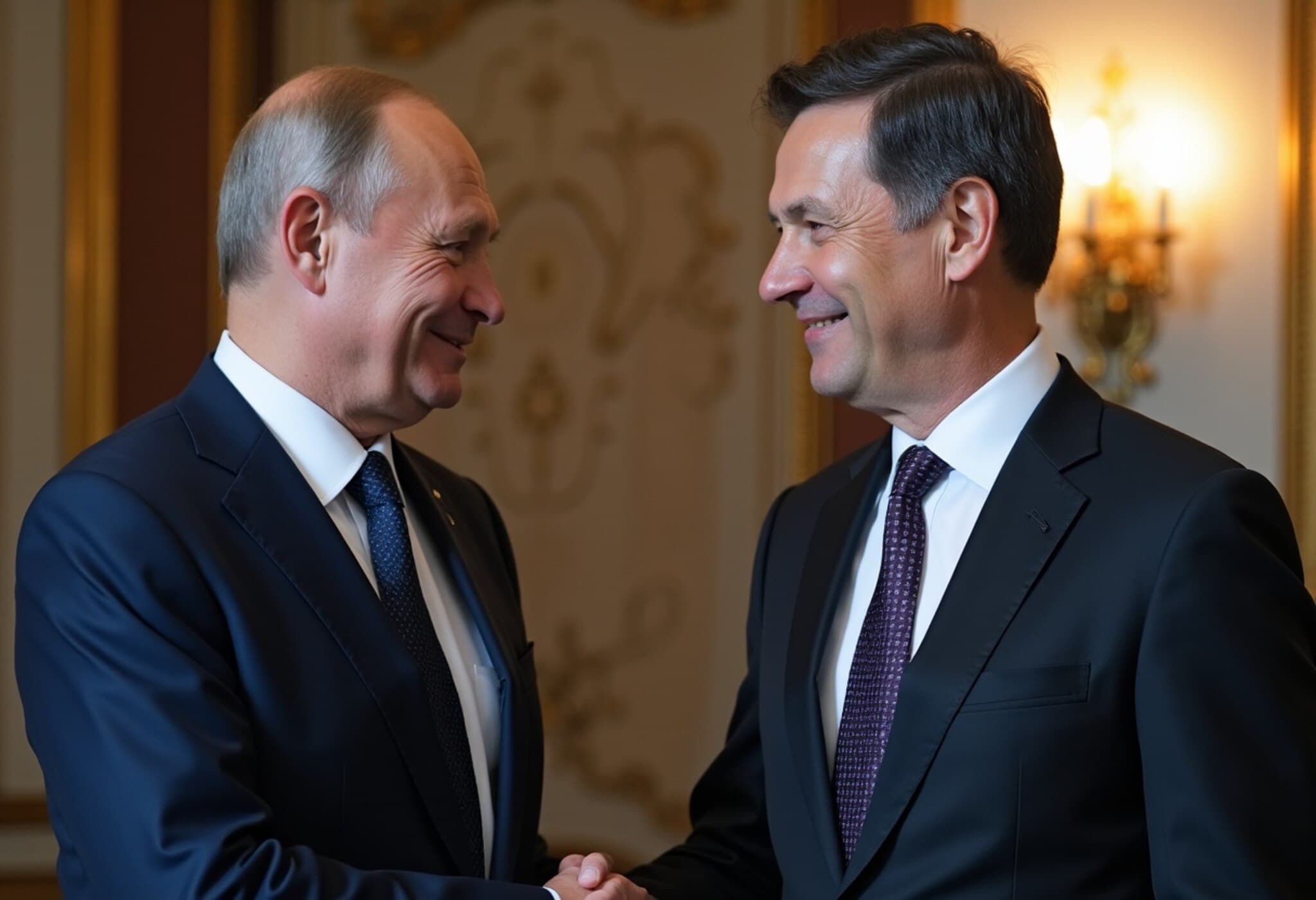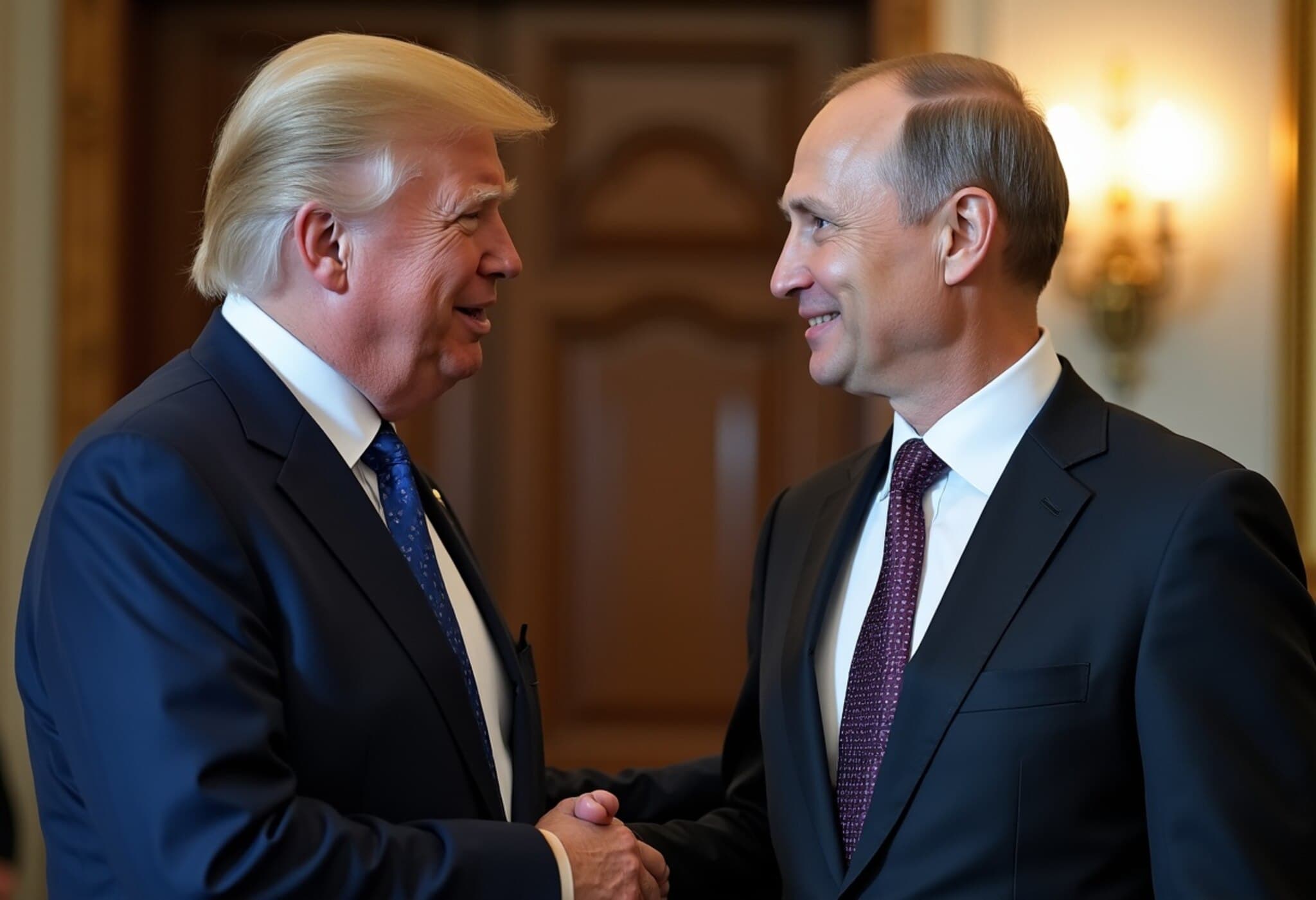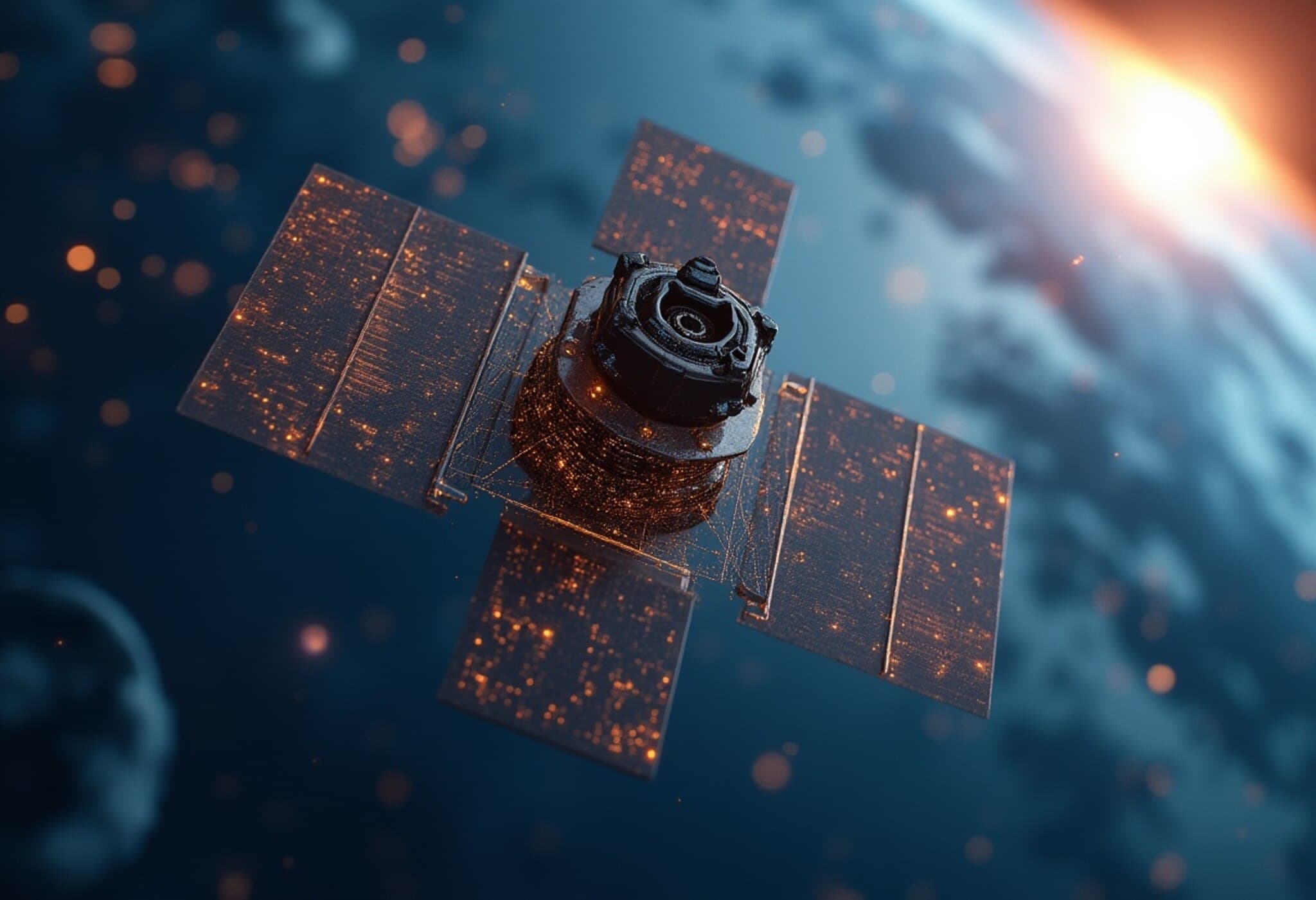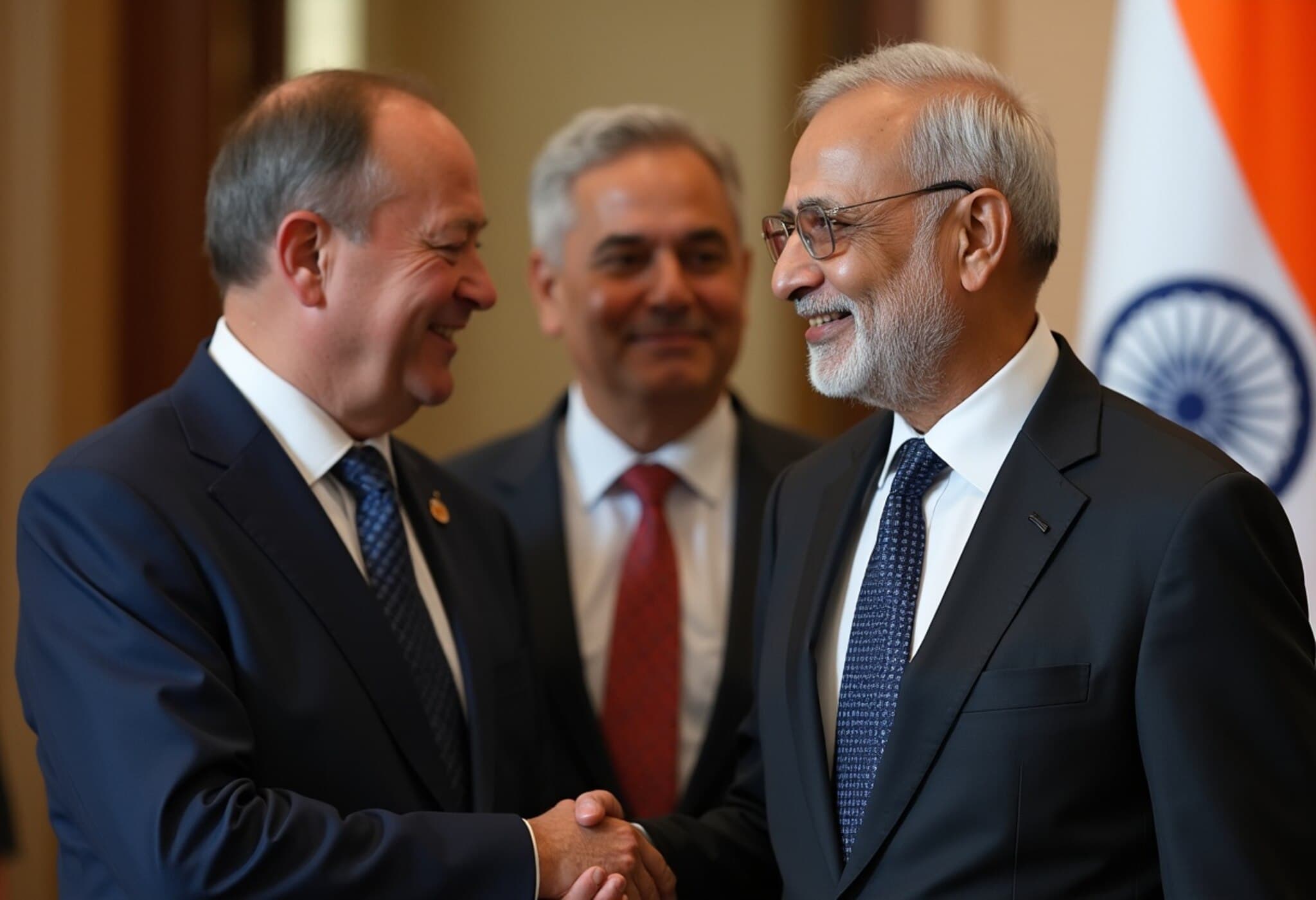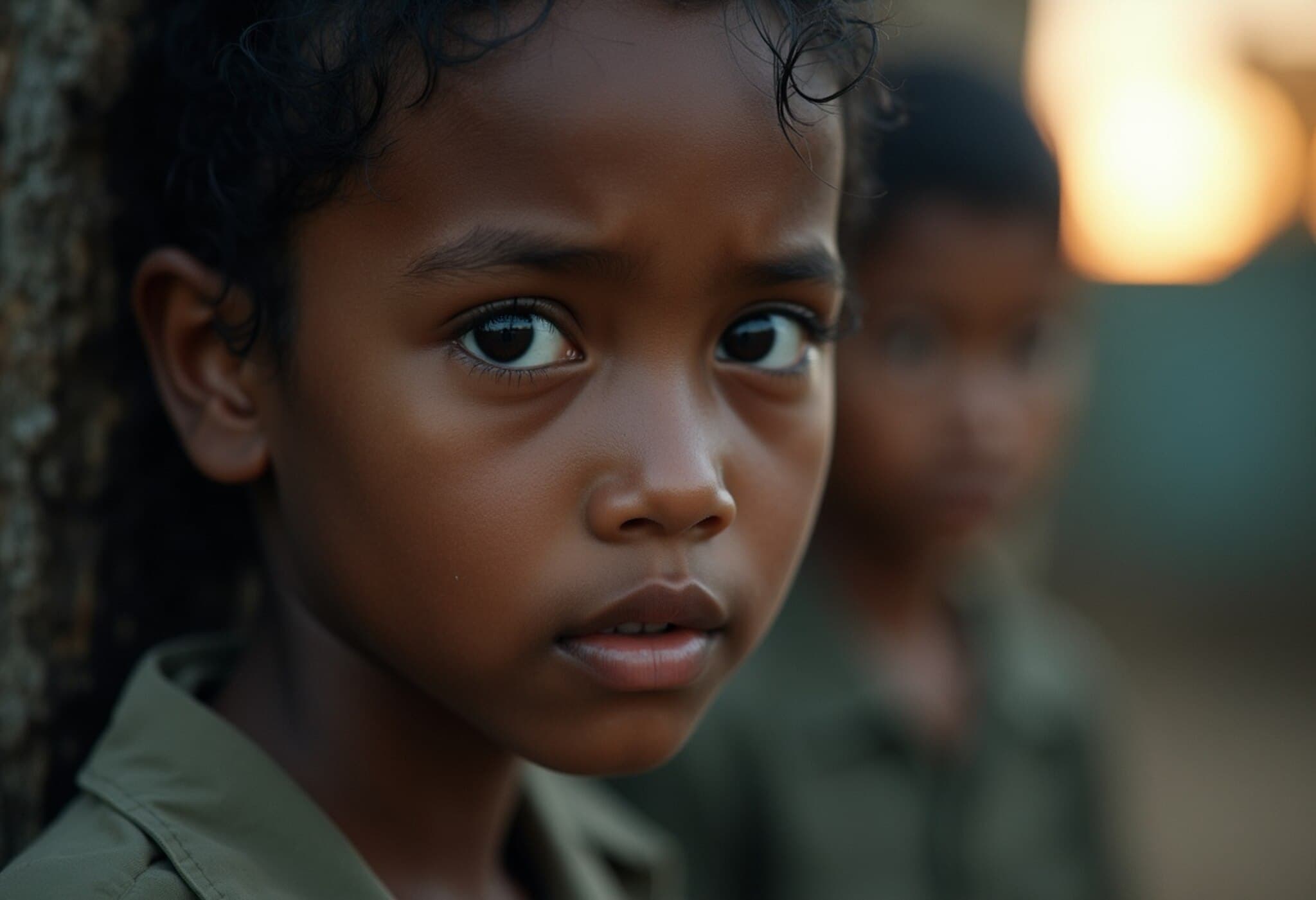Diplomatic Choreography Ahead of the Alaska Summit
In a pivotal moment of international diplomacy, Ukrainian President Volodymyr Zelenskyy engaged in an extensive phone conversation with Indian Prime Minister Narendra Modi on August 12, 2025. This call underscores New Delhi's ongoing commitment to seeking a peaceful resolution to the war in Ukraine, as global powers prepare for a high-stakes meeting in Alaska between US President Donald Trump and Russian President Vladimir Putin.
India’s Consistent Call for Peace
According to an official statement from the Prime Minister's Office, Prime Minister Modi reiterated India's “steadfast and consistent position for peaceful settlement of the conflict” during the dialogue with Zelenskyy. The two leaders exchanged perspectives on recent developments, with Modi offering India’s full support in efforts aimed at restoring peace at the earliest.
India Endorses Trump-Putin Summit
Just days before Zelenskyy's call, India quietly signaled its endorsement of the upcoming summit slated for August 15 in Alaska. The Ministry of External Affairs described the US-Russia meeting as potentially a “breakthrough” for ending the war in Ukraine. The ministry’s statement highlighted India’s broader vision, echoing PM Modi’s frequent reminders that “This is not an era of war,” emphasizing diplomatic dialogue over conflict escalation.
This upcoming Putin visit will mark his first trip to the United States since 2015, adding a historic backdrop to the summit.
Balancing Relations: Modi’s Talks with Putin
Parallel to contacts with Zelenskyy, PM Modi also held a detailed conversation with President Vladimir Putin last week. The discussions focused on recent Ukrainian developments and reaffirmed the deep strategic partnership between India and Russia, a relationship characterized by longstanding defense, trade, and geopolitical ties.
India continues to walk a delicate foreign policy tightrope by refraining from publicly condemning Russia’s invasion, a stance shared by China, while simultaneously advocating for inclusive peace talks involving all conflict parties.
Significantly, Russia’s support for India’s sovereign right to choose trading partners, voiced shortly before Modi’s call, aligns with India’s broader strategic autonomy in global affairs.
Strategic Partnership and Future Visits
Following his conversation with Putin, Modi took to social media to thank the Russian president and reaffirm plans to deepen bilateral ties further. Modi also hinted at hosting Putin in India later in the year, signaling ongoing engagement despite external pressures.
Potential for Trilateral Talks: Will Zelenskyy Join the Summit?
Sources from Washington indicate that the White House is contemplating inviting Zelenskyy to join the Alaska summit. According to reports citing senior US officials, discussions remain fluid with no final decision yet.
While President Trump remains focused on the bilateral meeting with Putin, he has expressed openness to a trilateral dialogue if circumstances allow. This possibility generates cautious optimism for progress towards a ceasefire, although the Ukrainian government has not publicly responded.
Diplomatic Stakes and Unanswered Questions
The initial White House condition for the summit required direct talks between Zelenskyy and Putin, but this prerequisite was dropped once the meeting was announced. Whether a direct meeting between the two conflict leaders will materialize remains uncertain.
This diplomatic effort follows Trump envoy Steve Witkoff’s recent discussions with Putin, pressed by a deadline for tangible progress or new sanctions—highlighting the urgency that underpins these unfolding negotiations.
Regional and Global Implications
India’s diplomatic balancing act reveals its growing role as a key global influencer advocating peace while maintaining strategic autonomy. The Alaska summit could mark a turning point in global diplomacy if it facilitates dialogue between Russia and Ukraine, but it also raises critical questions about the feasibility of peace given complex international interests.
- Will India’s balanced stance help mediate or complicate peace talks?
- Can a trilateral summit soften entrenched hostilities?
- How might upcoming India-Russia engagements influence regional stability?
Editor’s Note
The tense diplomatic dance leading to the Alaska summit underscores the nuanced challenges of conflict resolution in a multipolar world. India’s dual engagement with Ukraine and Russia reflects both its aspirations and constraints as a global player. Whether this approach will facilitate a genuine breakthrough or merely extend current standstills remains to be seen. As negotiations proceed, stakeholders and observers alike should watch closely how strategic interests, principled diplomacy, and realpolitik shape the quest for peace.

